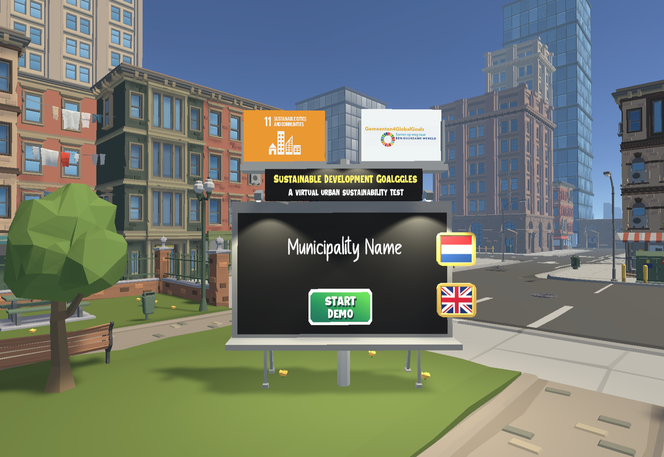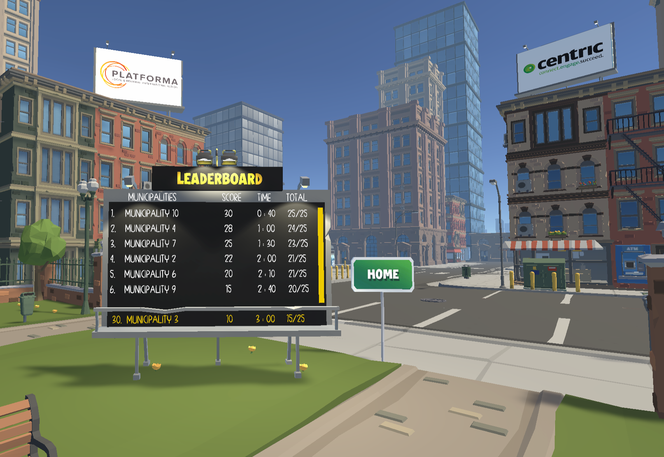Immersive technologies like augmented and virtual reality are starting to gain ground in some of the most dynamic and flourishing industries, gaming included. Although for some using such technologies for gaming purposes might feel like we are not fully taking advantage of their potential, VR can enhance the user experience by transporting players in real-time into new environments and making them feel part of the action as realistically as possible.
Furthermore, apart from having fun and enjoying the benefits of cutting-edge capabilities, a VR game can also be used as a tool to raise awareness in certain key matters, especially if you are addressing a digital-savvy public.
Recently we have partnered with VNG International to support their Municipalities4GlobalGoals campaign whose main purpose is to promote sustainable cities and communities. Together we designed a VR game-like experience to raise awareness of what constitutes sustainable behavior and what actions local governments could take to encourage and facilitate such behaviors.


